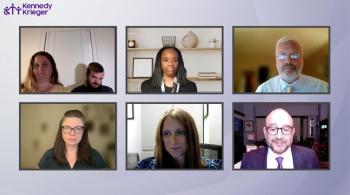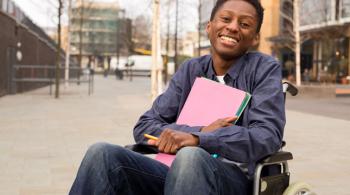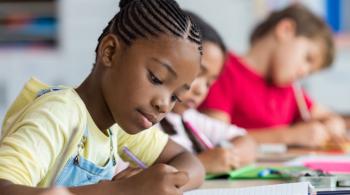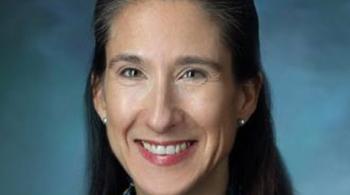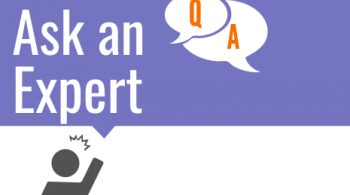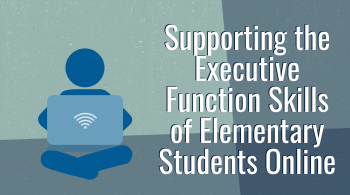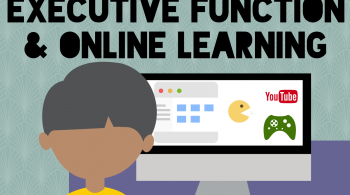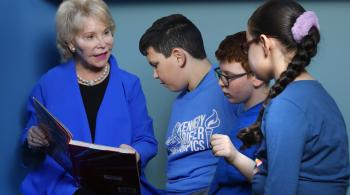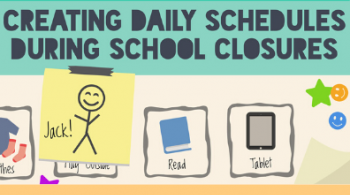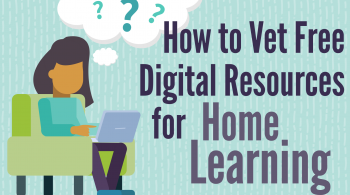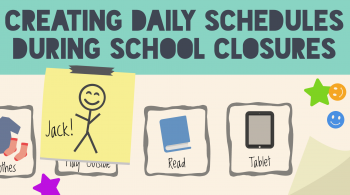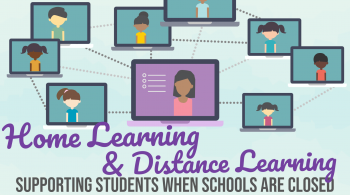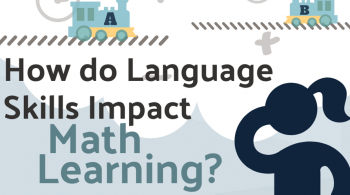By Natalie Shaheen
January 3, 2017
Natalie is a special education teacher and a teacher of the blind by training. Her eclectic teaching background includes work as a classroom special educator, supporting the needs of students with autism, and being an itinerant teacher of the blind for students age 3-22. Natalie now works as an educational consultant, focusing on science, technology, engineering, and math (STEM) education for students with disabilities. Natalie also happens to be blind. Follow Natalie on Twitter at @nlshaheen.
“What is blindness?” may seem like a silly question. Blindness is the inability to see, what more is there to know? One common misconception about blindness is that it is binary. Blindness, like many other human characteristics, is variable. The vast majority of blind people can see something; a blind person might: be able to tell if the lights are on, be able to detect the presence of large objects (buildings, humans, a large piece of furniture), and some blind people might be able to read print if it is very large and held very close to their face. One way to define blindness is to use the legal definition:
To be “legally blind” a person must either have a visual acuity of 20/200 or worse OR a visual field that subtends 20 degrees in the best eye with optimal correction (i.e., glasses).
In other words, people who are legally blind see one tenth or less than what sighted people see.
If most blind people can see something, why call them blind? That’s because blind people have expressed a preference for the term “blind” over other terms, such as “visually impaired” or “low vision” [1]. The term “blind” is used in this post to refer to any person with vision loss that is significant enough to require the use of alternative techniques, such as Braille or a long white cane.
Where do blind students go to school?
Do all blind students go to schools for the blind? No. In fact, most blind students attend public schools alongside their sighted peers [3]. Blind students who attend public school are frequently included in general education classes. These blind students receive instruction in blindness-specific skills (e.g., Braille, cane travel) from a teacher of the blind/visually impaired (TBS or TVI). In addition to providing specialized instruction to the blind student, the TBS/TVI also provides support and guidance to general education teachers.
To qualify to receive services under the IDEA disability category of “visual impairment,” a child’s educational performance must be adversely affected by vision loss [4]. Children need not be legally blind to qualify for services under IDEA.
Tips for Teachers:
Teachers are constantly confronted with the prospect of meeting new needs. Each year, they must quickly adapt in order to provide the best instruction possible to each of the students in their class. Here are a few quick and easy tips to get you started as you prepare for meeting the needs of blind students:
- Start with the assumption that everything is possible. You need to teach a blind student advanced chemistry - it’s possible! You need to teach a blind person to drive - it’s possible (as long as you aren’t on the road, that’s generally illegal)!
- Find someone who has been there, done that! Don’t struggle to solve an access barrier by yourself; chances are good that someone else already solved the problem. Consult with your student’s TBS/TVI for ideas and resources, talk to the student’s former classroom teachers, or reach out to the National Federation of the Blind.
- Pretend you are a sports broadcaster on the radio. Listen to part of a game on the radio and compare that to the auditory component of the TV broadcast. Notice a difference? The radio broadcast provides much more information auditorily, because no one can see what is going on. Take some cues from the sports broadcasters on the radio and include more descriptive language in your oral communication in class.
- Take cues from science and children’s museums: It’s hard to find a “do not touch” sign in a science or children’s museum. These environments encourage touching and tactual exploration—a critical method of learning for blind students. Do what you can to cultivate a classroom culture that encourages tactual exploration as a mode of learning.
- Use your hands. If you want to demonstrate an action (e.g., how to assemble a tool in the science lab), standing at the front of the room will be ineffective. You may need to provide a physical model for the blind student. When doing so, use the hand-under-hand technique. Allow the blind student to place her hands on top of yours as you model the action that needs to be performed.
- To say or not to say: Continue to use your standard vocabulary. Blind people use words like “see” and “look” too. When referring to the student’s blindness, take cues from her about what words to use. If she calls herself “blind,” use that term. If she calls herself “low vision,” go with that.
- Plan, plan, plan! : Many of the materials you use in your classroom, particularly printed materials, will need to be converted into alternative formats (i.e., Braille, large print, accessible electronic files) for the blind student. If you plan ahead and are well organized, you will be able to give the TBS/TVI your materials a few weeks in advance so the TBS/TVI has time to convert the materials into an appropriate format for the student.
References:
- Jernigan, K. (1993). The pitfalls of political correctness: euphemisms excoriated. Braille Monitor, 36(8).
https://nfb.org/Images/nfb/Publications/bm/bm93/brlm9308.htm#2 - National Federation of the Blind (2016). Blindness Statistics.
https://nfb.org/blindness-statistics - American Printing House for the Blind (2015). Annual report 2015: distribution of eligible students based on the federal quota census of January 6, 2014 (Fiscal Year 2015)."
http://www.aph.org/federal-quota/distribution-2015/ - 34 C.F.R. section 300.8(c)(13)

